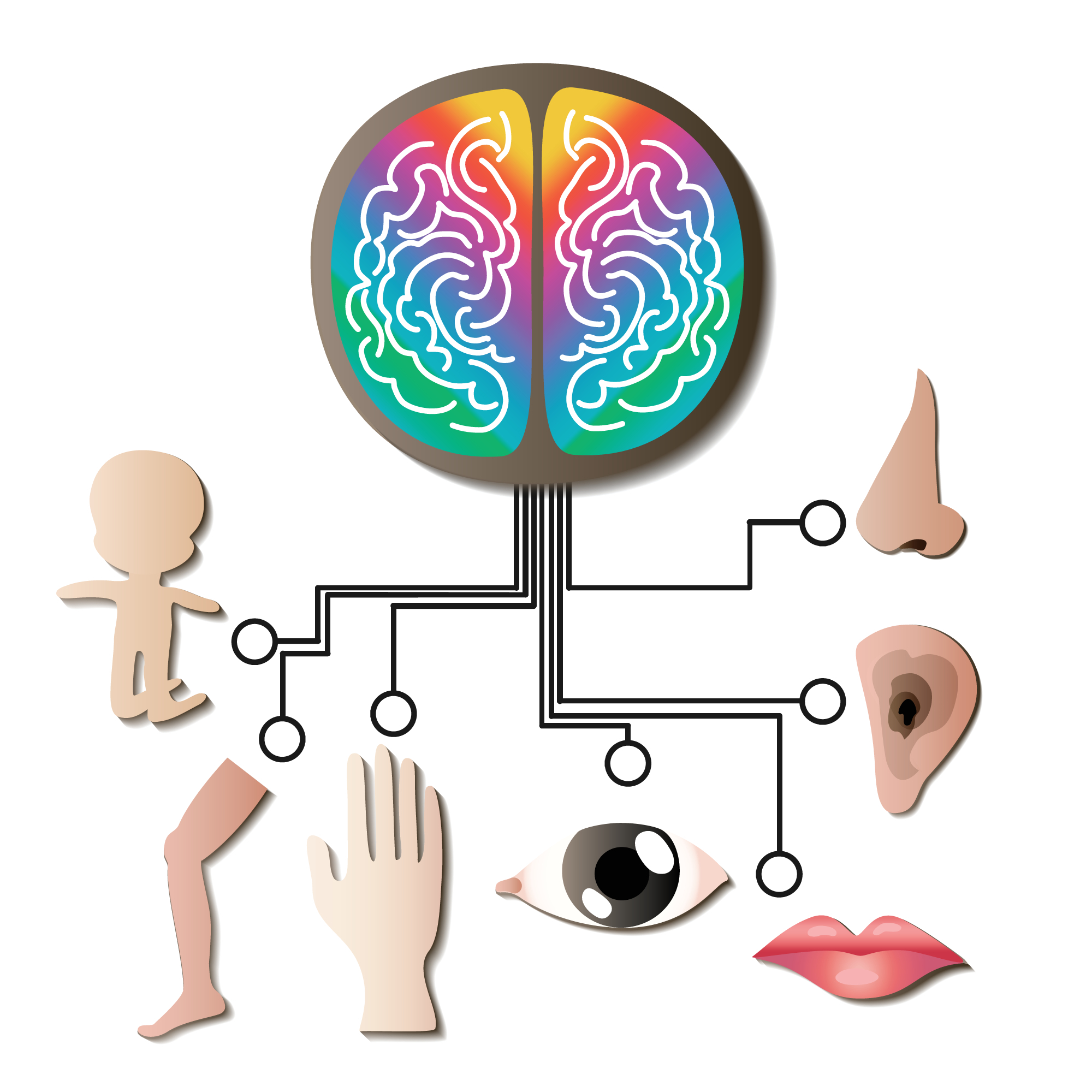
Blog
Signs Your Child May Have a Hidden Oral Restriction
Author: DrSensory
June 3, 2025
Signs Your Child May Have a Hidden Oral Restriction
Oral restrictions in children, such as tongue ties and lip ties, are often missed during routine checks or misunderstood by parents as normal developmental variations. However, these hidden oral restrictions can have a significant impact on your child’s ability to eat, speak, and even breathe properly. Early detection is key to managing these conditions and avoiding long-term complications.
In this article, we’ll help you recognize the subtle signs that your child may have an undiagnosed oral restriction and how to seek the right evaluation for timely intervention.

Beyond Tongue and Lip Ties – What to Look For
While many parents are aware of tongue ties (ankyloglossia) and lip ties, these are not the only oral restrictions that can affect your child’s development. Other issues, such as restricted oral function or muscle tension, may also interfere with feeding, speech, and overall oral development.
Here are some key signs to look for that may indicate a hidden oral restriction:
- Difficulty Breastfeeding or Bottle Feeding: If your baby struggles to latch properly or is unable to effectively feed for longer periods, it could be due to a tongue or lip tie that limits their range of motion.
- Clicking Sounds While Feeding: A clicking or popping sound during breastfeeding or bottle feeding is a common indicator that your baby may have a tongue or lip tie that is preventing proper suction.
- Gassiness or Colic: Some babies with oral restrictions swallow excess air during feeding, leading to discomfort, gassiness, or even colic. This could be a sign that they’re not feeding effectively.
- Speech Delays or Difficulty Articulating: As your child grows, oral restrictions can lead to difficulty pronouncing certain sounds. If your child struggles to say words clearly or has a speech delay, a hidden restriction could be to blame.
- Mouth Breathing or Snoring: Restricted tongue movement can cause your child to breathe through their mouth instead of their nose, leading to snoring, dry mouth, or other respiratory issues.
- Dental Issues: If your child develops dental problems like misaligned teeth, a high palate, or an overbite, it could be related to an undiagnosed tongue or lip tie that’s affecting oral muscle function and growth.
Promoting Oral Motor Development for Speech and Feeding
Nighttime Drooling in Kids: Is It Normal or a Red Flag?
The Importance of Brushing Teeth Starting at a Very Young Age
Evaluation Methods for Oral Function
If you suspect that your child has an oral restriction, it’s important to seek an evaluation from a pediatric dentist or feeding specialist who is trained to identify these conditions. Here’s what you can expect during an evaluation:
- Oral Exam: A thorough oral exam is often the first step in assessing your child’s oral health and function. The dentist will look for signs of restricted tissue, like a tight frenulum under the tongue or upper lip.
- Feeding and Functionality Assessment: Pediatric dentists and feeding specialists may observe your child’s feeding habits and how they use their mouth for speech and eating. This helps identify whether oral restrictions are affecting their ability to move the tongue, lips, and jaw.
- Speech Evaluation: A speech-language pathologist may conduct an evaluation to assess how your child’s oral function is affecting their speech development.
- X-rays or Imaging: In some cases, your dentist may use imaging techniques to assess how the oral structures are developing, particularly if there are concerns about jaw growth or misalignment.
Signs Your Child May Have a Hidden Oral Restriction
What Happens Next: Treatment and Support
If an oral restriction is detected, your child’s pediatric dentist or feeding specialist will discuss possible treatment options. Depending on the severity and location of the restriction, treatment may involve:
- Frenectomy: A simple and minimally invasive procedure to release the frenulum (the band of tissue that can restrict the tongue or lip). This can help restore normal oral function and improve feeding, speech, and breathing.
- Myofunctional Therapy: For children with more complex issues, myofunctional therapy may be recommended to improve oral muscle function and promote proper tongue posture.
- Speech Therapy: If speech development has been impacted, a speech-language pathologist may work with your child to improve articulation and language skills.
The key to success with any of these treatments is early intervention. The sooner an oral restriction is addressed, the better the outcomes for your child’s oral and speech development.
Delayed Speech in Children: Causes, Signs, and Therapy Options
Baby Teeth and Speech Development: How Are They Connected?
How Dental Alignment Affects Chewing and Swallowing in Children
Conclusion: Hidden Oral Restrictions Are More Common Than You Think
Many parents overlook the subtle signs of oral restrictions, assuming they are part of normal growth. However, identifying these hidden issues early can prevent future developmental delays, feeding difficulties, and speech challenges. If you suspect your child may have a tongue tie, lip tie, or other oral restriction, don’t hesitate to consult with a pediatric dentist or feeding specialist for an evaluation.
By addressing oral restrictions early, you can help your child achieve optimal oral health and development—setting the foundation for a lifetime of confident smiles and clear communication.
related blogs
Your child is constantly moving, crashing into furniture, or having meltdowns in response to seemingly minor things like a loud
Your toddler refuses to wear certain clothes, has huge meltdowns in noisy places, or is an extremely picky eater, limited
Your child seems to miss verbal instructions, struggles to follow conversations in noisy environments, and often asks "what?" even when
On the surface, autism and Ehlers-Danlos syndrome (EDS) might seem like two entirely unrelated conditions. One is a neurodevelopmental condition
The intense head pain begins, lights feel blindingly bright, and every sound seems amplified to an unbearable level. You retreat











































































